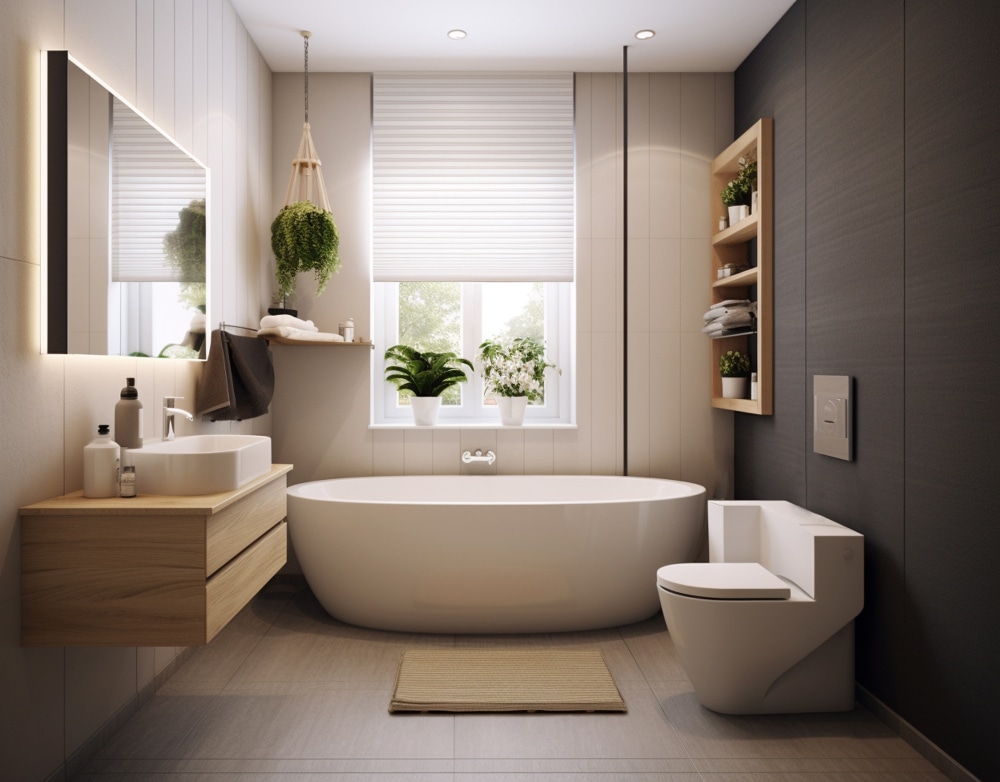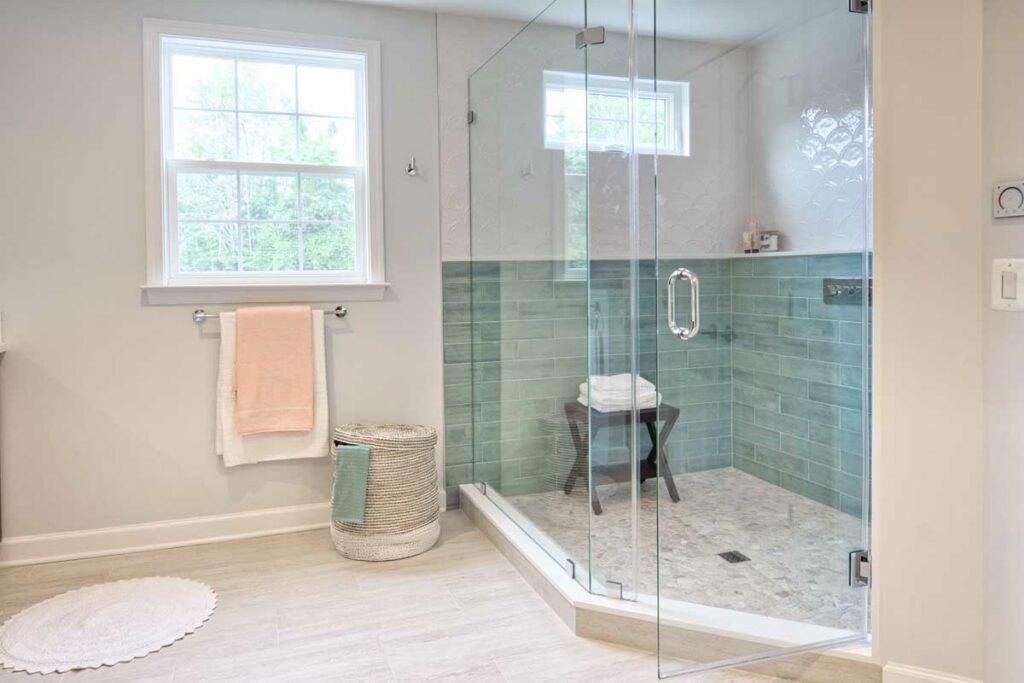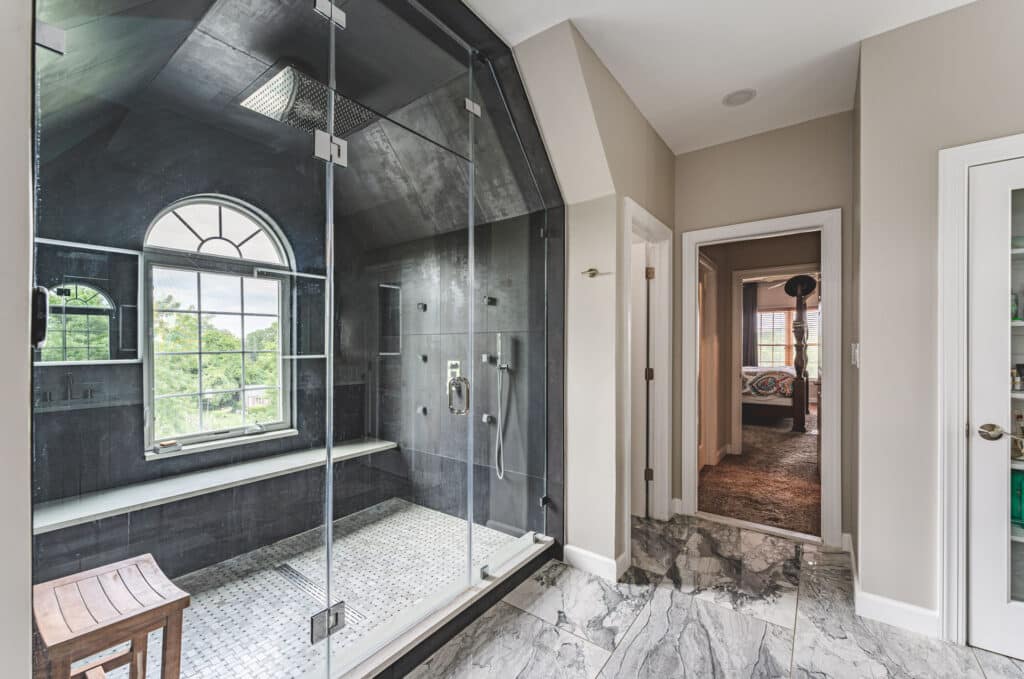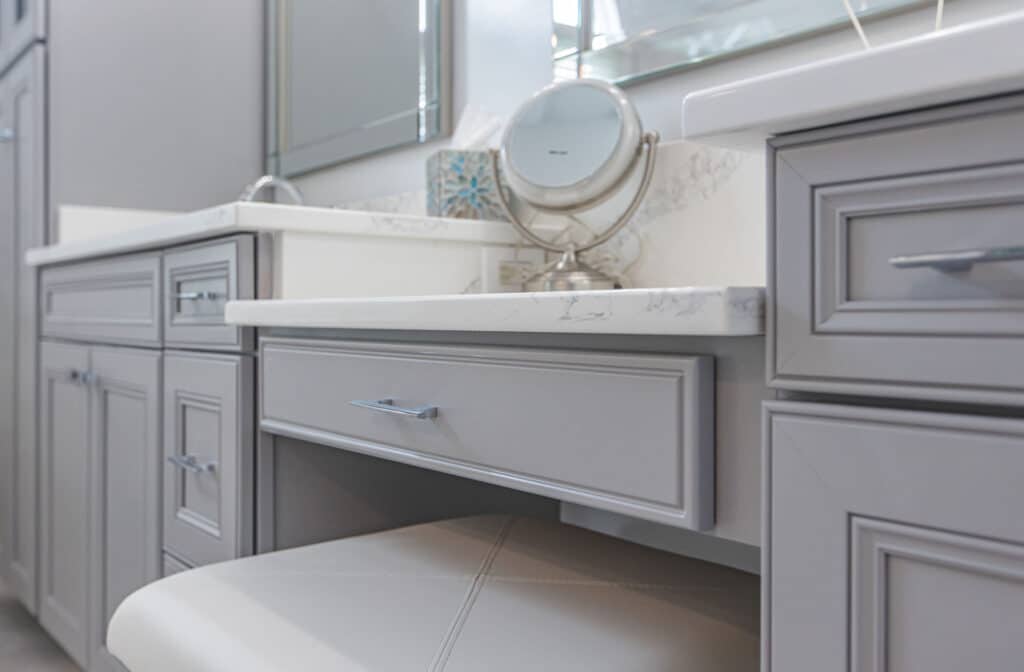
Breaking Down Bathroom Remodel Costs: A Comprehensive Guide
Bathroom Remodel Costs
Thinking about remodeling your bathroom but worried about the cost? Look no further! In this comprehensive guide, we break down the bathroom remodel costs and provide you with all the information you need to plan your project effectively.
Whether you’re looking to update the fixtures, upgrade the flooring, or create a spa-like oasis, understanding the costs involved is essential. From labor and materials to permits and unexpected expenses, we’ll walk you through it all.
With our helpful tips and insights, you’ll gain a clear understanding of what to expect when it comes to budgeting for your bathroom remodel. Discover cost-saving measures and where to invest for maximum impact. We’ll also discuss financing options, so you can turn your dreams into reality without breaking the bank.
Don’t let the fear of high expenses prevent you from achieving the bathroom of your dreams. Let’s dive into this comprehensive guide and empower you to make informed decisions about your bathroom remodel costs.
 Factors that influence bathroom remodel costs
Factors that influence bathroom remodel costs
Remodeling a bathroom involves various factors that influence the overall cost of the project. Understanding these factors will help you estimate and plan your budget effectively.
- Bathroom Size: The size of your bathroom plays a significant role in determining the cost. Larger bathrooms require more materials, labor, and time, which can increase the overall expenses.
- Scope of Work: The extent of your remodel will impact the cost. Are you planning a complete overhaul or just a few cosmetic changes? The more extensive the bathroom remodeling, the higher the cost.
- Materials and Fixtures: The quality and type of materials and fixtures you choose can greatly affect the final cost. High-end materials and fixtures tend to be more expensive, while budget-friendly options can help you save money.
- Labor Costs: Hiring professionals for the remodel will add to the overall expenses. The complexity of the project, the number of workers required, and their experience will influence labor costs.
- Location: The cost of labor and materials can vary depending on your location. Urban areas typically have higher labor costs, while rural areas may offer more affordable options.
- Unforeseen Issues: It’s important to account for unexpected issues that may arise during the remodel, such as plumbing problems or hidden damage. Setting aside a contingency budget is crucial to handle these unforeseen expenses.
Understanding these factors will give you a better idea of what to expect in terms of costs. Now, let’s dive into the average costs of bathroom remodels.
Average costs of bathroom remodels
The cost of a bathroom remodel can vary greatly depending on the factors mentioned earlier. However, here are some average cost ranges to give you a general idea:
- Basic Remodel: A basic bathroom remodel typically includes updating fixtures, repainting, and minor cosmetic changes. On average, this type of remodel can cost between $3,000 and $7,000.
- Mid-Range Remodel: A mid-range bathroom remodel involves more extensive changes, such as replacing the bathtub, installing new flooring, and upgrading the vanity. The average cost for this type of remodel ranges from $8,000 to $15,000.
- High-End Remodel: If you’re looking for luxury and top-of-the-line materials, a high-end bathroom remodel is for you. This type of remodel can include features like a spa shower, custom cabinetry, and high-end finishes. The cost for a high-end remodel can range from $20,000 to $50,000 or more.
Keep in mind that these are just average estimates, and the actual cost may vary based on your specific requirements and location. Now, let’s break down the costs by specific bathroom components.
 Cost breakdown by specific bathroom components
Cost breakdown by specific bathroom components
When planning your bathroom remodel, it’s essential to understand the cost breakdown by specific components. This will help you allocate your budget accordingly and prioritize where to invest for maximum impact.
- Bathtub/Shower: The cost of a new bathtub or shower can vary significantly depending on the type and quality you choose. On average, a new bathtub or shower can cost between $500 and $4,000.
- Vanity: The cost of a new vanity will depend on the size, material, and style. On average, a new vanity can range from $200 to $3,000.
- Toilet: The cost of a new toilet can vary based on the brand, features, and design. On average, a new toilet can cost between $150 and $800.
- Flooring: The cost of new flooring depends on the material and square footage. On average, flooring for a bathroom can range from $2 to $15 per square foot.
- Lighting Fixtures: The cost of lighting fixtures varies based on the style and quality. On average, lighting fixtures can range from $50 to $500.
- Plumbing Fixtures: The cost of plumbing fixtures, such as faucets and showerheads, can vary depending on the brand and design. On average, plumbing fixtures can range from $50 to $1,000.
- Tiles: The cost of tiles depends on the material, size, and design. On average, tiles can range from $1 to $20 per square foot.
Hiring a Professional
- Expertise and experience: Professionals have the knowledge and skills to handle all aspects of the remodel efficiently.
- Time-saving: Hiring professionals ensures a faster and more streamlined process.
- Warranty and support: Most professionals offer warranties and provide ongoing support if any issues arise.
Tips for saving money on bathroom remodel costs
Remodeling your bathroom doesn’t have to break the bank. With these cost-saving tips, you can achieve your dream bathroom while staying within your budget:
- Plan and Research: Plan your remodel in advance and research different materials and fixtures. Compare prices and look for discounts or sales to get the best deals.
- Reuse and Repurpose: Consider reusing or repurposing existing fixtures or materials if they are in good condition. For example, you can refinish your bathtub instead of replacing it or repaint your vanity for a fresh look.
- Do Some of the Work Yourself: If you have some DIY skills, consider doing certain tasks yourself, such as painting or installing fixtures. However, be cautious and know your limits to avoid costly mistakes.
- Focus on High-Impact Changes: Instead of a complete overhaul, focus on high-impact changes that can transform the look of your bathroom. For example, upgrading the vanity or changing the tiles can make a significant difference without breaking the bank.
Saving money on your bathroom remodel is possible with careful planning and smart choices. Next, let’s explore financing options that can help you fund your remodel.
 Financing options for bathroom remodels
Financing options for bathroom remodels
If you don’t have enough savings to cover the entire cost of your bathroom remodel, there are various financing options available:
- Personal Savings: If you have enough savings, using your personal funds is the simplest and most cost-effective option. However, make sure to leave a buffer for any unexpected expenses.
- Home Equity Loan: A home equity loan allows you to borrow against the equity in your home. This option provides a lump sum of money with fixed monthly payments over a specific term.
- Home Equity Line of Credit (HELOC): A HELOC is a line of credit that allows you to borrow against the equity in your home as needed. This option provides flexibility, as you can borrow only what you need and pay interest only on that amount.
- Credit Cards: If your remodel cost is relatively low, you can use a credit card with a low-interest rate or an introductory 0% APR period. However, be cautious and make sure you can pay off the balance within the promotional period to avoid high-interest charges.
- Personal Loans: Personal loans are unsecured loans that you can use for various purposes, including home improvements. Shop around for the best interest rates and terms before choosing this option.
Before opting for any financing option, evaluate your financial situation and consider the interest rates, terms, and repayment options. Now, let’s discuss finding the right contractor for your bathroom remodel.
Now, let’s discuss common mistakes to avoid during a bathroom remodel.
Common mistakes to avoid during a bathroom remodel
A bathroom remodel can be a complex project, and certain mistakes can lead to costly delays and issues. Here are some common mistakes to avoid:
- Not Setting a Realistic Budget: Failing to set a realistic budget can lead to overspending or compromising on crucial aspects of the remodel. Plan your budget carefully and account for unexpected expenses.
- Skipping Permits: Depending on the scope of your remodel, you may require permits from your local building department. Skipping this step can result in fines and delays. Always check with the authorities to determine if permits are necessary.
- Ignoring Proper Ventilation: Adequate ventilation is essential for preventing moisture buildup and mold growth. Make sure your bathroom has proper ventilation, such as an exhaust fan or window.
- Overlooking Storage Needs: Consider your storage needs and plan accordingly. Don’t sacrifice functionality for aesthetics. Incorporate storage solutions that fit your requirements.
- Not Hiring Professionals for Complex Tasks: While DIY can save money, certain tasks are best left to professionals, especially those involving plumbing or electrical work. Attempting complex tasks without proper knowledge can lead to costly mistakes and safety hazards.
By avoiding these common mistakes, you can ensure a smoother and more successful bathroom remodel. Now, let’s conclude this comprehensive guide by discussing creating a budget and timeline for your bathroom remodel.
Conclusion: Creating a budget and timeline for your bathroom remodel
Creating a budget and timeline is crucial for a successful bathroom remodel. Here’s a step-by-step guide to help you get started:
- Plan Your Design: Determine your desired design and the specific changes you want to make in your bathroom.
- Research Costs: Research the costs of materials, fixtures, and labor in your area. Use this information to estimate the overall cost of your remodel.
- Set a Budget: Based on your research and financial situation, set a realistic budget for your bathroom remodel. Take into account the average costs and any additional factors specific to your project.
- Allocate Your Budget: Identify the key components of your remodel and allocate your budget accordingly. Prioritize the areas that are most important to you.
- Create a Timeline: Break down your project into smaller tasks and create a timeline. Consider factors like ordering materials, permits, and the availability of contractors.
- Account for Contingency: Set aside a contingency budget to handle any unexpected expenses or delays that may arise during the remodel.
By following these steps, you can create a well-planned budget and timeline for your bathroom remodel, ensuring a smoother and more successful project.
Remodeling your bathroom doesn’t have to be a daunting and expensive endeavor. By understanding the factors that influence costs, breaking down the expenses by specific components, you can make informed decisions and plan your budget effectively. With careful research, cost-saving tips, and the right contractor, you can achieve the bathroom of your dreams without breaking the bank. So don’t let the fear of high expenses hold you back. Start planning your bathroom remodel today and turn your vision into reality! Get in touch now!
 Factors that influence bathroom remodel costs
Factors that influence bathroom remodel costs Cost breakdown by specific bathroom components
Cost breakdown by specific bathroom components Financing options for bathroom remodels
Financing options for bathroom remodels